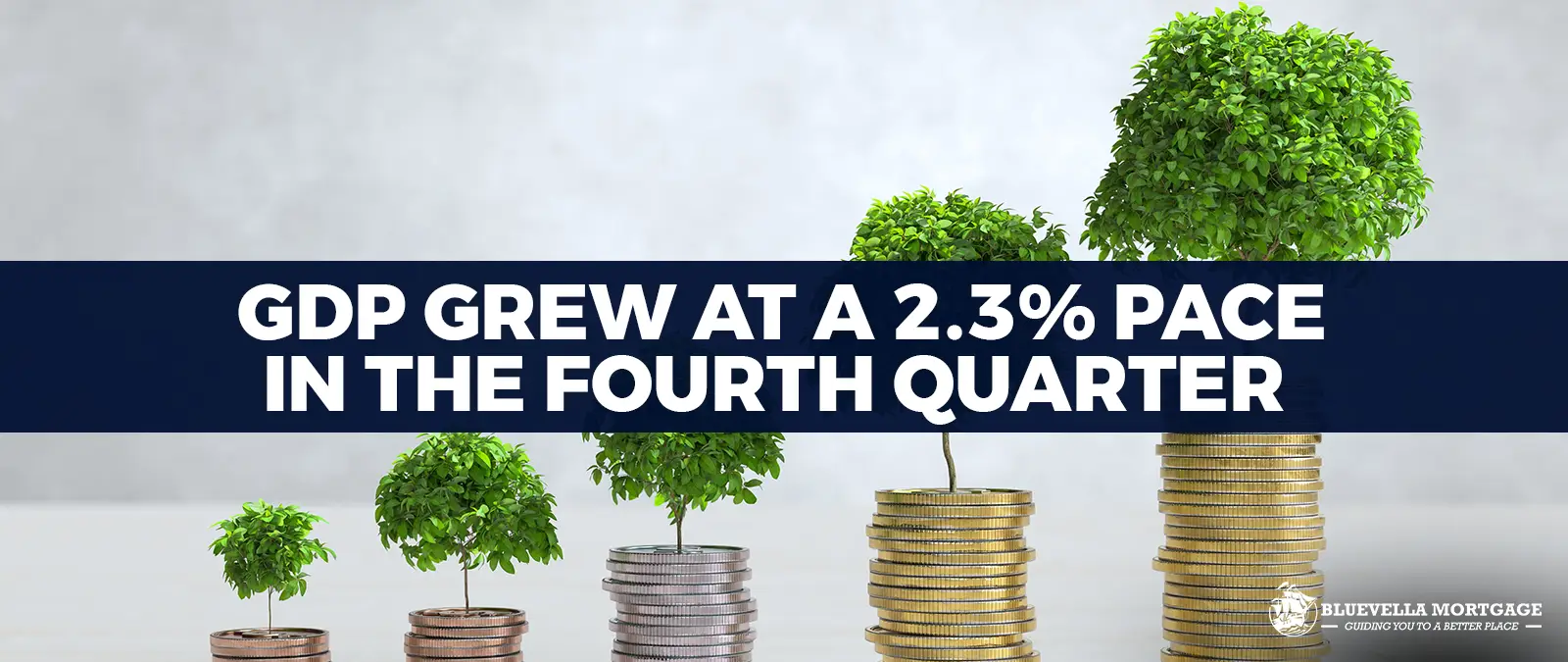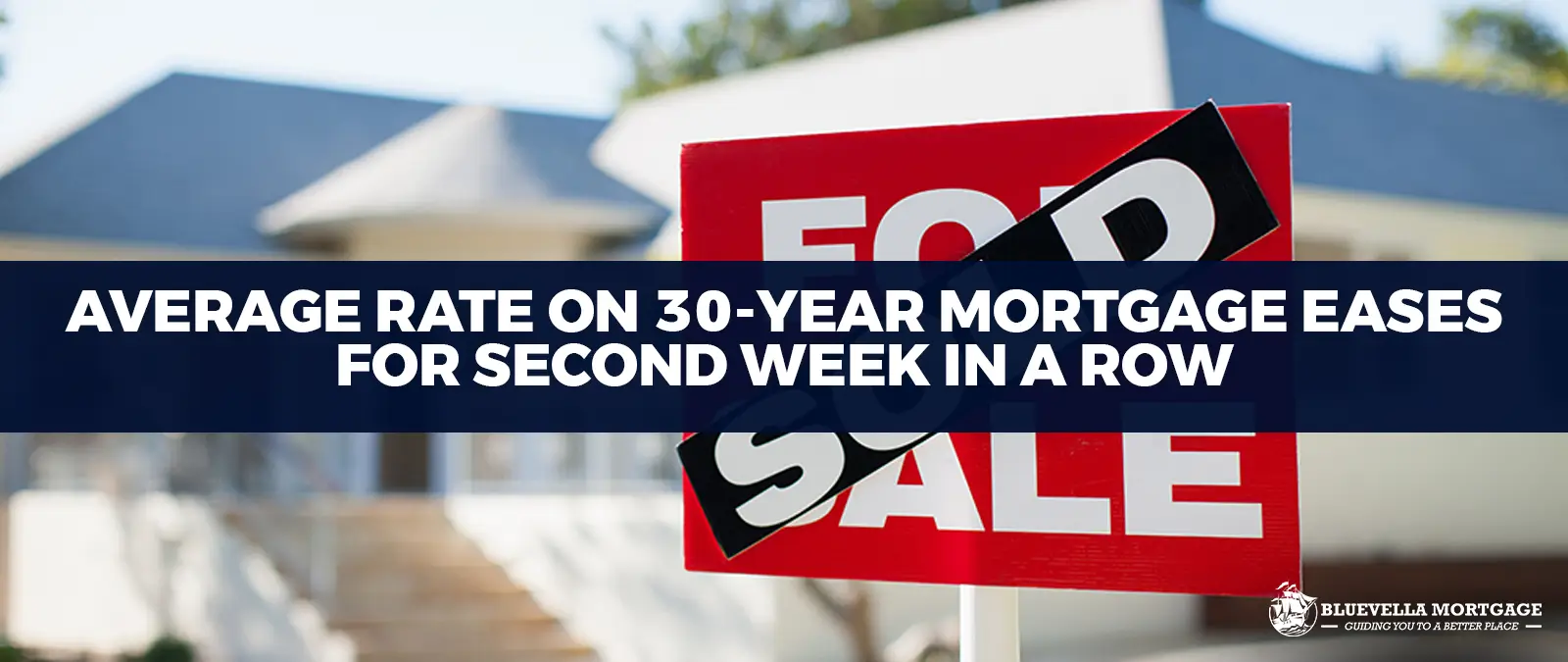The prospect of a Donald Trump election win has generated significant discussion regarding its potential impact on various facets of the economy, particularly interest rates. Interest rates play a crucial role in shaping the economic landscape, influencing everything from consumer spending to business investments. Understanding how a Trump administration might steer economic policies is essential for investors, policymakers, and the general public. This blog post aims to provide a comprehensive analysis of the factors that could drive changes in interest rates should Donald Trump secure another term in office.
During his previous tenure, President Trump implemented a range of economic policies aimed at stimulating growth, including tax cuts and deregulation. These measures had varying effects on the economy, and their impact on interest rates was particularly notable. By examining these past policies, as well as potential future strategies, we can gain insights into how interest rates might behave under another Trump administration.
It is also important to consider the broader market context, including global economic conditions, monetary policy, and fiscal strategies. The Federal Reserve, for example, plays a pivotal role in setting interest rates, and its decisions are influenced by a myriad of factors, including the government’s economic agenda. Therefore, understanding the interplay between a Trump-led administration and the Federal Reserve’s policy-making process is critical for forecasting interest rate trends.
This introduction sets the stage for a detailed exploration of the potential scenarios that could unfold if Donald Trump wins the election. By delving into historical data, policy analysis, and expert opinions, we aim to provide a well-rounded perspective on how interest rates might evolve. This knowledge is invaluable for anyone looking to navigate the complexities of economic planning and investment strategy in the context of a Trump presidency.
Historical Context: Trump’s Economic Policies
During Donald Trump’s previous term as President, his administration implemented a series of economic policies that had significant impacts on the U.S. economy. One of the most notable measures was the Tax Cuts and Jobs Act of 2017, which aimed to stimulate economic growth by reducing corporate tax rates from 35% to 21% and lowering individual tax rates. This legislative move was designed to boost consumer spending and business investment, theoretically leading to job creation and economic expansion.
In addition to tax cuts, the Trump administration focused heavily on deregulation. By rolling back numerous regulations across various sectors, including energy, finance, and healthcare, the administration sought to reduce the compliance burden on businesses. Proponents argued that deregulation would foster a more favorable business environment, thereby encouraging economic activity and growth. Critics, however, raised concerns about potential long-term consequences, such as environmental degradation and financial instability.
Trade policies under Trump’s administration also played a crucial role in shaping the economic landscape. The imposition of tariffs on imported goods, particularly from China, aimed to protect American industries and reduce trade deficits. While these tariffs were intended to bolster domestic manufacturing, they also led to increased costs for American consumers and businesses, sparking debates over their overall efficacy.
The combined effect of these economic policies was a mixed bag. On one hand, the tax cuts and deregulation contributed to a period of economic growth and low unemployment rates. On the other hand, the trade tariffs introduced uncertainties and disruptions in global supply chains. These policies also had implications for interest rates. The Federal Reserve, responding to the economic conditions influenced by Trump’s policies, adjusted interest rates accordingly to manage inflation and sustain economic growth.
Understanding these historical economic policies is crucial for anticipating potential future actions and their impacts on interest rates should Donald Trump win the upcoming election. The legacy of his first term provides valuable insights into the economic strategies he might deploy and their possible repercussions on the economy.
Federal Reserve’s Role in Setting Interest Rates
The Federal Reserve, often referred to as the Fed, is the central banking system of the United States. It plays a crucial role in setting interest rates, which are vital for the overall economic health of the country. The primary mechanism through which the Federal Reserve influences interest rates is the Federal Open Market Committee (FOMC). The FOMC meets regularly to set the target range for the federal funds rate, which is the interest rate at which depository institutions lend reserve balances to other depository institutions overnight. By adjusting this rate, the Federal Reserve can influence economic activities such as investment, spending, and inflation.
Although the Federal Reserve operates independently of the executive branch, it is not entirely insulated from political pressures. The Fed’s decisions can be influenced by broader economic policies and the prevailing economic environment, which are shaped by the sitting President and Congress. For instance, fiscal policies such as tax cuts, government spending, and regulatory changes can impact economic growth and inflation, thereby influencing the Federal Reserve’s interest rate decisions.
The relationship between the Federal Reserve and the President can also play a significant role in shaping monetary policy. Historically, Presidents have sometimes expressed their opinions on the Fed’s actions, although the Federal Reserve strives to maintain its independence. Under a Trump administration, this dynamic could be particularly interesting. During his previous term, Donald Trump frequently criticized the Federal Reserve for not lowering interest rates fast enough, arguing that lower rates would boost economic growth. If Trump were to win the election, it is plausible that similar pressures could resurface, potentially affecting the Federal Reserve’s decision-making process.
Ultimately, while the Federal Reserve has the autonomy to set interest rates based on economic conditions, the broader political and economic landscape under a Trump administration could exert influence. This complex interplay between fiscal policies, political pressures, and economic goals will be pivotal in determining the trajectory of interest rates.
Market Reactions to Political Outcomes
Financial markets often exhibit heightened volatility and shifts in investor sentiment in response to political events, particularly elections involving prominent figures such as Donald Trump. Historical data suggests that markets are highly sensitive to the uncertainty and potential policy changes that accompany election outcomes. For instance, the 2016 U.S. presidential election demonstrated a significant impact on market behavior, with initial volatility followed by a substantial rally in equity markets once the results were confirmed.
Investors tend to reassess their portfolios based on anticipated policy directions of the incoming administration. For example, Trump’s pro-business stance and promises of deregulation and tax cuts in 2016 led to a surge in market optimism and a subsequent rise in stock prices. However, such reactions are not always uniformly positive; markets can also react negatively to perceived risks or uncertainties associated with a candidate’s policies.
Market predictions and investor sentiment often play a crucial role in how financial markets respond to election outcomes. During election cycles, market participants closely monitor polls, debates, and other indicators to gauge the likely winner and adjust their strategies accordingly. This pre-election positioning can lead to increased volatility as investors hedge their bets against potential outcomes. Once the election results are announced, markets typically react swiftly to the news, reflecting the collective sentiment of investors.
In the case of a Trump victory in an upcoming election, it is plausible to expect a similar pattern of market reactions as observed in previous cycles. The anticipation of policy continuity or changes could drive investor behavior, influencing market trends. Consequently, these market dynamics could have a domino effect on interest rates. If investor confidence leads to increased economic activity and demand for capital, interest rates may experience upward pressure. Conversely, heightened uncertainty or negative market sentiment could lead to a more cautious approach from the Federal Reserve, potentially keeping interest rates lower for longer.
If Donald Trump wins the upcoming election, his potential economic policies in a second term are likely to echo the themes of his previous tenure. Trump’s economic strategies often emphasize deregulation, tax cuts, and protectionist trade measures, each of which could have significant implications for economic growth, inflation, and interest rates.
Tax Reforms
During his first term, Trump signed into law the Tax Cuts and Jobs Act (TCJA), which aimed to reduce corporate tax rates and provide tax relief to individuals. In a second term, Trump might pursue additional tax reforms intended to further stimulate economic growth. Such measures could include more tax cuts for corporations and high-income individuals, which proponents argue would lead to increased investment and job creation. However, critics warn that these policies could exacerbate income inequality and inflate the federal deficit, potentially putting upward pressure on interest rates as the government borrows more to cover the shortfall.
Trade Policies
Trump’s trade policies have been characterized by a tough stance on China and a preference for bilateral agreements over multilateral trade deals. His administration imposed tariffs on Chinese goods and renegotiated trade agreements like NAFTA, resulting in the United States-Mexico-Canada Agreement (USMCA). If re-elected, Trump may continue with similar protectionist measures aimed at reducing the trade deficit and boosting domestic manufacturing. While these policies might protect certain industries, they could also lead to higher consumer prices and supply chain disruptions, contributing to inflationary pressures that might necessitate higher interest rates.
Regulatory Changes
Trump’s first term saw a significant rollback of regulations, particularly in sectors such as energy, finance, and healthcare. A second term would likely continue this trend, with further deregulation intended to spur economic activity by reducing compliance costs for businesses. While deregulation can enhance economic efficiency and growth, it can also lead to market volatility and increased risks, particularly in the financial sector. The overall impact on interest rates would depend on whether the resulting economic growth outpaces inflationary pressures.
In essence, Trump’s potential economic policies in a second term could create a mixed bag of outcomes. His approach to tax reforms, trade, and regulation may stimulate economic growth, but also pose risks of rising inflation and federal deficits. These factors combined will play a crucial role in shaping the trajectory of interest rates, making it a complex scenario to forecast with certainty.
Impact of Trade Policies on Interest Rates
Trade policies play a significant role in shaping a nation’s economic landscape and can have profound effects on interest rates. Under the administration of Donald Trump, trade policies were marked by a series of aggressive moves, including the imposition of tariffs on various goods and renegotiation of trade agreements. Should Trump win the election, it is likely that similar strategies might be employed, which could have various implications for interest rates.
One of the primary tools in Trump’s trade policy arsenal is the imposition of tariffs. Tariffs can lead to increased costs for imported goods, which may cause inflationary pressures within the domestic market. When inflation rises, the Federal Reserve often responds by increasing interest rates to curb the inflation. Therefore, elevated tariffs could indirectly lead to higher interest rates.
Moreover, renegotiating or withdrawing from existing trade agreements could disrupt global trade dynamics. For instance, Trump’s previous approach to reworking the North American Free Trade Agreement (NAFTA) resulted in the United States-Mexico-Canada Agreement (USMCA). Such changes can create uncertainty in international markets, potentially leading to fluctuations in currency values and affecting the U.S. trade balance. A deteriorating trade balance, where imports surpass exports, may weaken the domestic economy, prompting the Federal Reserve to adjust interest rates to stabilize economic conditions.
Additionally, trade policies that aim to bring manufacturing back to the U.S. could have mixed outcomes. While boosting domestic production might support job growth and economic stability, it could also lead to higher consumer prices if production costs are higher than those abroad. This scenario might again trigger inflationary trends, influencing the Federal Reserve’s decisions regarding interest rates.
Overall, Trump’s trade policies, characterized by tariffs and renegotiation of trade agreements, could introduce inflationary pressures and economic uncertainties that would likely prompt the Federal Reserve to adjust interest rates accordingly. Therefore, the impact of Trump’s trade policies on interest rates is a multifaceted issue, dependent on the interplay between global trade dynamics and domestic economic stability.
Inflation and Its Influence on Interest Rates
Inflation, a measure of the rate at which the general level of prices for goods and services rises, is a critical factor influencing interest rates. The Federal Reserve closely monitors inflation to determine its monetary policy, aiming to maintain price stability and maximize employment. When inflation is high, the Federal Reserve typically raises interest rates to cool the economy, and conversely, it lowers rates to stimulate spending when inflation is low.
In the context of a potential Trump presidency, several policy factors could impact inflation and, consequently, interest rates. During Trump’s previous term, his administration’s economic policies, including tax cuts, deregulation, and increased government spending, contributed to economic growth. However, these policies also risked higher inflation, particularly in a robust economy with low unemployment.
For instance, the Tax Cuts and Jobs Act of 2017 aimed to reduce the tax burden on corporations and individuals, spurring investment and spending. While this boosted economic activity, it also raised concerns about overheating the economy and increasing inflationary pressures. The Federal Reserve responded by gradually raising interest rates to keep inflation in check.
Historical examples further illustrate the dynamic relationship between inflation and interest rates. In the late 1970s and early 1980s, the U.S. faced high inflation partly due to expansive fiscal policies and supply shocks. The Federal Reserve, under Chairman Paul Volcker, implemented a series of aggressive interest rate hikes to combat inflation, which eventually succeeded but also led to a recession.
Should Donald Trump win the upcoming election, his proposed policies could similarly influence inflation. For example, any new tax cuts or increased infrastructure spending might stimulate economic growth but also elevate inflation risks. The Federal Reserve would likely respond by adjusting interest rates to balance growth with price stability.
Understanding the interplay between inflation and interest rates is essential when considering the potential impacts of a Trump presidency on the economy. Policymakers must navigate these complex relationships to foster sustainable economic growth while preventing runaway inflation.
Conclusion: Predicting Interest Rate Trends
In conclusion, the potential for interest rates to drop if Donald Trump wins the upcoming election is a complex issue influenced by multiple factors. Throughout this blog post, we have examined various aspects, including historical trends, economic policies, and market reactions, to provide a comprehensive understanding of the topic.
Historically, Trump’s administration has been characterized by a focus on economic growth and deregulation, which can create a favorable environment for lower interest rates. However, this does not guarantee a straightforward outcome, as numerous variables come into play. The Federal Reserve’s independent policy decisions, the state of the global economy, and unforeseen events can all significantly impact interest rate trends.
Moreover, the current economic landscape presents unique challenges and opportunities. The lingering effects of the COVID-19 pandemic, ongoing geopolitical tensions, and shifts in global trade dynamics are all critical factors that could influence the direction of interest rates. These uncertainties make it challenging to predict with certainty whether rates will drop if Trump secures a win in the election.
Ultimately, while there are indications that a Trump victory might lead to an environment conducive to lower interest rates, the outcome is far from guaranteed. Investors, policymakers, and stakeholders must remain vigilant and adaptable to the evolving economic conditions. By understanding the multifaceted nature of this issue, readers can better appreciate the complexities involved and make more informed decisions.






